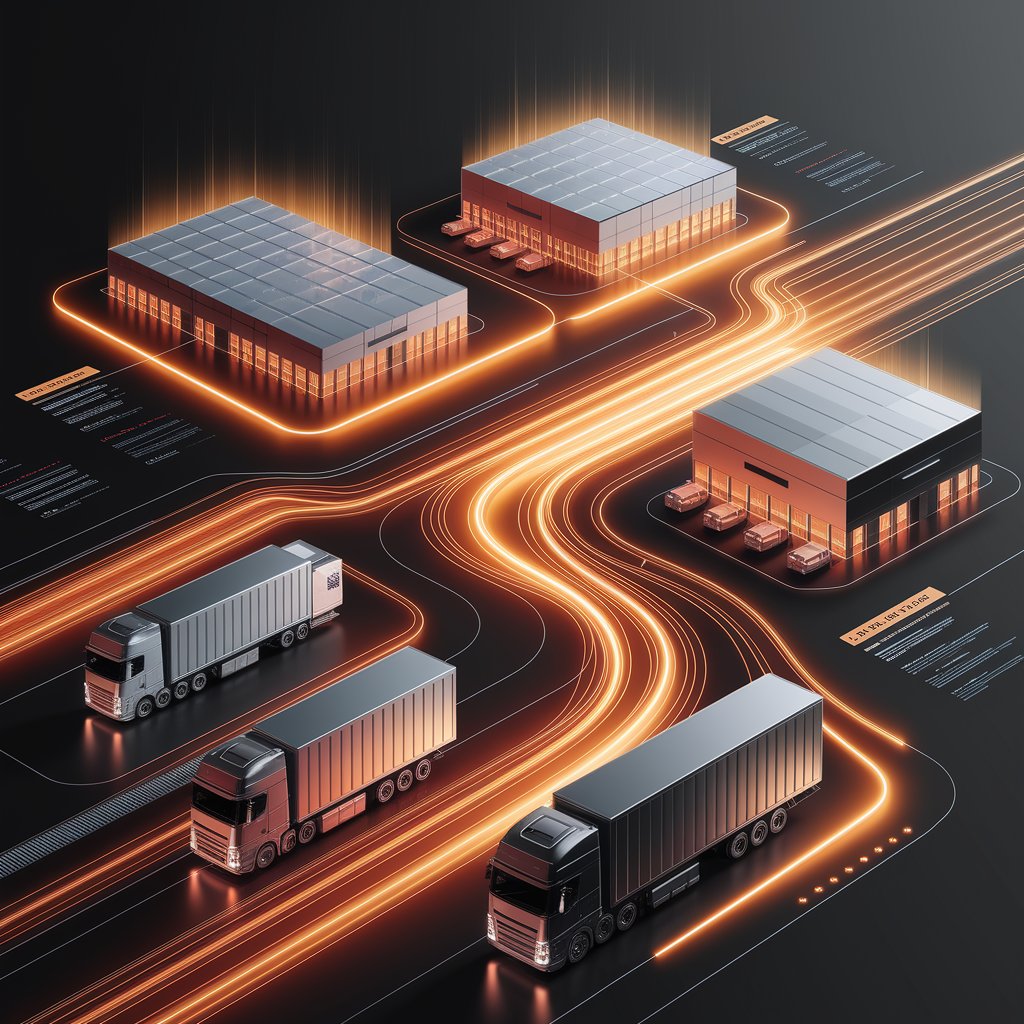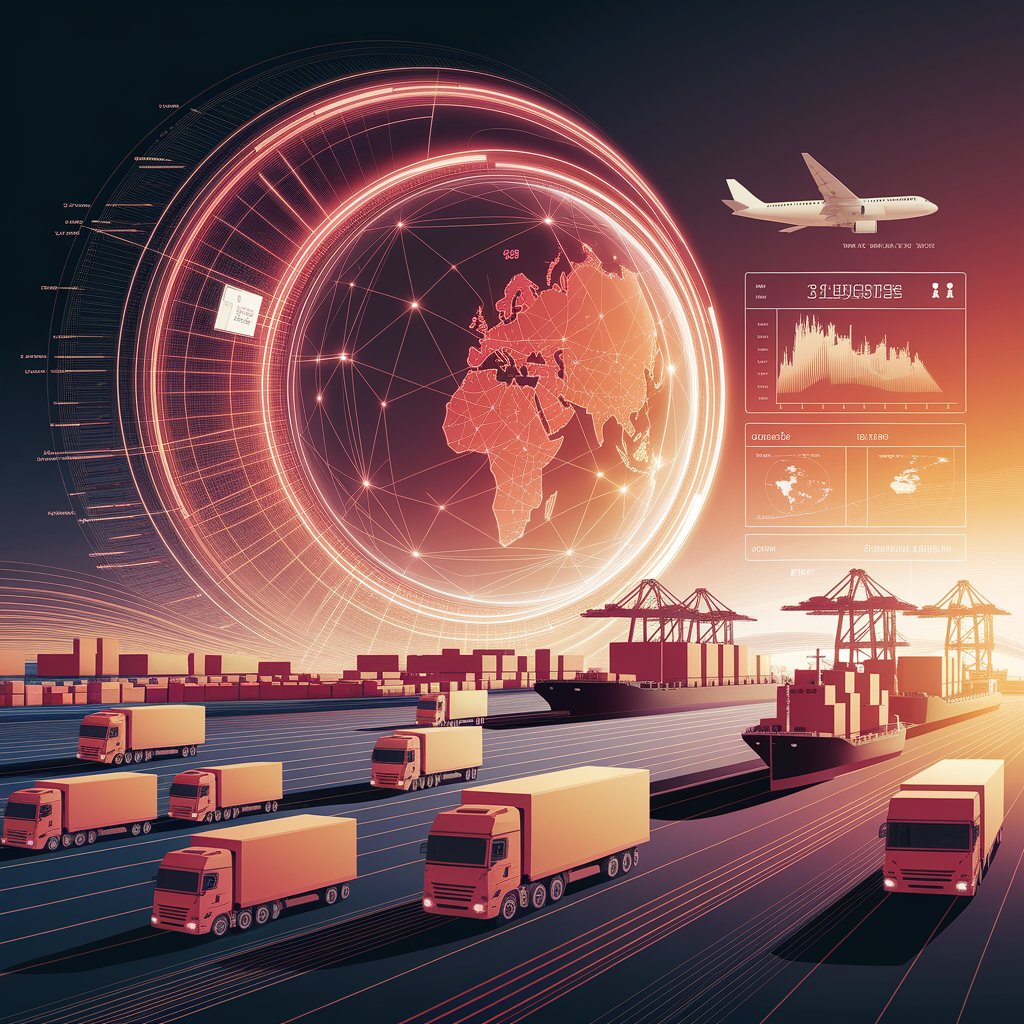Logistics AI Reporting Systems: Turning Supply Chain Data into Strategic Insights

Introduction
This is where logistics AI reporting systems come in. By combining artificial intelligence with advanced analytics, these platforms transform raw logistics data into real-time, predictive, and actionable insights that drive smarter decisions across the supply chain.
What Are Logistics AI Reporting Systems?
Logistics AI reporting systems are platforms that use artificial intelligence and machine learning to analyze, visualize, and report on logistics performance. Unlike conventional reporting tools, they continuously learn from historical and real-time data, providing forward-looking insights rather than just describing past events.
They integrate with ERP, WMS, and TMS platforms to consolidate data across the supply chain into one intelligent dashboard.

Key Features of Logistics AI Reporting Systems
- Predictive Analytics – Forecast future demand, disruptions, and costs.
- Real-Time Dashboards – Live visibility into shipments, warehouses, and fleets.
- Automated KPI Reporting – Tracks service levels, on-time performance, and costs.
- Anomaly Detection – AI highlights unusual patterns in cargo flows or expenses.
- Multi-Source Data Integration – Consolidates ERP, WMS, IoT, and carrier data.
- Natural Language Reports – AI generates easy-to-read summaries for managers.
Benefits of Logistics AI Reporting Systems 📈
- Improved Visibility – Single source of truth for supply chain performance.
- Faster Decision-Making – Real-time insights replace static, delayed reports.
- Risk Reduction – Predictive alerts highlight issues before they escalate.
- Cost Efficiency – Identifies hidden inefficiencies and waste.
- Customer Satisfaction – Provides accurate ETAs and service insights.
- Scalability – Handles growing shipment volumes without added manual reporting.

Real-World Applications
- Freight Forwarders – Provide clients with predictive visibility reports.
- Carriers – Monitor fleet utilization and performance in real time.
- E-commerce Logistics – Track fulfillment speed, returns, and last-mile efficiency.
- Cold Chain Providers – Monitor cargo condition compliance automatically.
- Manufacturers & Shippers – Consolidate supplier and transport reporting globally.
Challenges in Logistics AI Reporting Systems
- Data Quality Issues – AI insights are only as good as the data provided.
- Integration Barriers – Legacy systems may resist connecting to AI platforms.
- High Costs – Advanced reporting systems require investment.
- Cybersecurity Risks – Sensitive shipment and customer data must be secured.
- Over-Reliance – Companies must balance AI insights with human judgment.

Best Practices for Success
- Standardize Data Sources – Clean and unify shipment and operational data.
- Integrate Across Platforms – Connect ERP, WMS, TMS, and IoT for seamless visibility.
- Customize KPIs – Tailor dashboards to the needs of executives, managers, and clients.
- Leverage Predictive Models – Move beyond descriptive reporting to forecasting.
- Train Teams – Ensure managers know how to interpret and apply AI insights.
- Measure ROI – Track time saved, error reduction, and cost efficiency.
The Future of Logistics AI Reporting Systems 🚀
- Digital Twin Reporting – Real-time simulations linked to performance metrics.
- Voice-Enabled Analytics – Managers asking AI for instant insights.
- Blockchain Verification – Secure and transparent reporting across partners.
- Edge AI Reports – Insights generated directly from connected fleets and warehouses.
- Sustainability Reporting – AI tracking emissions and ESG compliance automatically.
Conclusion
Logistics AI reporting systems are transforming supply chain management by turning fragmented data into predictive, actionable intelligence. With real-time dashboards, anomaly detection, and forward-looking insights, these systems enable businesses to improve efficiency, cut costs, and build resilient operations.
For logistics providers, freight forwarders, and global shippers, adopting logistics AI reporting systems isn’t just about better reporting—it’s about creating a smarter, future-ready supply chain.
